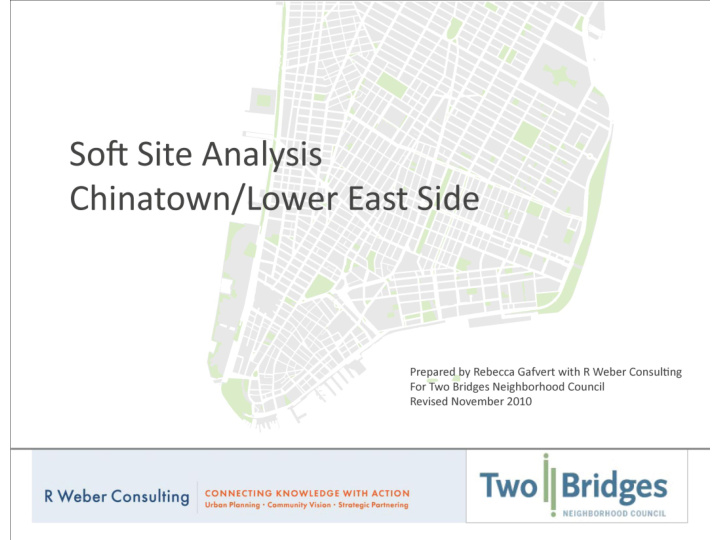



CB 3 Profile • Estimated population is 171,876, a 4.5% increase from 2000 • According to the 2000 Census data, 65,970 or 40.1% of the total CB 3 population was foreign born • According to the 2000 Census data, 59,694 or 37.8% of the total CB 3 population was not proficient in English • In 2007, 48% of population received some type of public assistance • In 2008, Median Household income was $36,408, which was approximately half of the Manhattan Median Household income and approximately 30% lower than the NYC Household income • Approximately 60% of Households earn less than $50K • In 2008, the Poverty rate was 27.7% and the Unemployment Rate was 10.1%, both significantly higher than Manhattan
CB 3 Housing Data • Approximately 80,000 housing units • NYCHA consists of 15,000 housing units, about 20% of all units in CB 3 and .06% of all housing in NYC • 8% of all NYCHA housing is in CB 3 • According to the Furman Center, Median rent/month in CB 3 was $713 in 2008. • According to CHPC the Mean rent/month in Manhattan was $2,750 in 2008. • Citywide rent-regulated units lost to decontrol from 1994- 2002 amounted to 24,370. From 2007-2008 there was a loss of 23,142 units. • 14,000 rent-regulated units lost each year citywide • Loss of approximately 11,000 rent regulated housing units over the last 10 years in CB3, equals almost 8.0% of all units lost in NYC
Preserve Affordability and Character Objectives: • Create Special District(s) that include anti harassment provisions, promote contexual zoning in appropriate areas, mandate inclusionary housing for upzoned and rezoned districts, protect waterfront access and views, and support local cultural uses. • Increase enforcement of building and health code violations • Expand LMDC pilot program that provides grants and low cost loans to nonprofits to help them buy and rehab tenement buildings • Expand programs that support preservation of government subsidized housing developments • Encourage city and state housing agencies to develop new programs to bridge difference between federal AMI and local AMI • Seek restrictions for NYCHA properties to insure future development is affordable and community inclusive • Support elimination of rent regulation de-control laws • Eliminate annual rent increases for low-income tenants in exchange for annual tax credits for owners
Preserve and Promote Community Jobs Objectives: • Expand existing zoning regulations to preserve and enhance local commercial and industrial jobs • Identify existing jobs and develop strategies to retain them • Develop worker skills and competency: ESL, community college programs, high school workplace programs, adult education classes • Improve connections between creative and service sectors • Identify opportunities for new job creation and job training • Examine existing City and State programs to insure that it serves community needs • Create opportunities for the Go Green Movement to create jobs while reducing business and residential costs
Recommend
More recommend